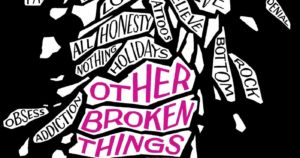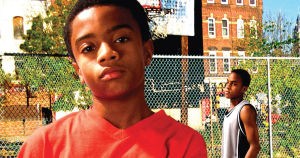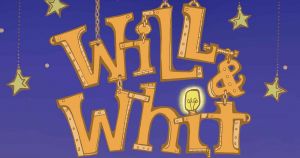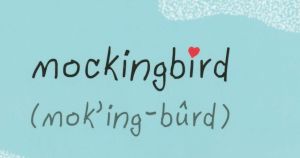
ASL: Writing a Visual Language
There are many different ways an author can express a sign language on the page; let’s take a closer look.

There are many different ways an author can express a sign language on the page; let’s take a closer look.

This is a book about a girl with an autistic brother. The autistic brother is crucial to the plot, but her actual brother is really more of a plot device than anything else.

The writing and characters are wonderful, but if you’re looking for a book about depression, I’d pass on this one.

Any time I pick up a book about addiction and recovery, I do so with equal parts hope and trepidation. Despite our differences, I understood Natalie fully and completely from the get-go.

Kinda Like Brothers is a pacey, touching look at foster care from an adolescent perspective, featuring an accurate and relatable look at asthma.

The Categorical Universe of Candice Phee is a fun, well-written book, if an imperfect autism read.

The best part about this story being told as a graphic novel how Gulledge shows us Will’s anxiety: we can literally see the shadows and worries that plague Will.

This series is a fascinating look at how a writer can acknowledge the “magical cure” trope and improve on the portrayal in later books.

While some elements of the representation were handled decently, I ultimately wasn’t a fan.

This book was awarded the National Book Award for Young People’s Literature, but as well intentioned as it might have been, it was clearly written by someone with almost no understanding of what Aspies are really like—it was written by and for a neurotypical audience.